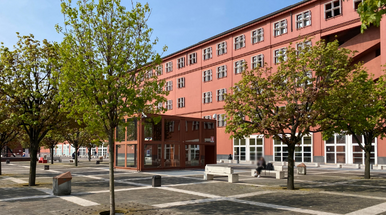
Proteins are the fundamental nanomachines of living organisms, carrying out countless functions within the biological cycle of the cell. Every second, millions of proteins are produced in the form of chains made up of different amino acids. However, to function properly, these chains must fold back on themselves in the correct way, acquiring a specific three-dimensional shape that enables them to perform their biological role.
It is also well known that, to trigger specific biochemical processes, the cell can chemically modify the structure of already folded proteins by using molecules called “enzymes” that act on precise points on their surface.
A new study has discovered a previously unknown mechanism: chemical modification of proteins can occur during the folding process itself, not just afterward. This phenomenon may play an important role in the mechanisms that lead to various human diseases, including cancer.
In particular, the research focused on a chemical modification called phosphorylation, which typically regulates protein activity. The study shows that if phosphorylation affects hidden points within the protein’s structure, it can disrupt the folding process, effectively “marking” the protein for rapid degradation.
The study is the result of a collaboration between the team of Emiliano Biasini, biochemist in the Department of Cellular, Computational and Integrative Biology (CIBIO) at the University of Trento, and that of Pietro Faccioli, expert in computational biophysics at the University of Milano-Bicocca and affiliated with the National Institute for Nuclear Physics (INFN).
The article was published in the scientific journal EMBO Journal.